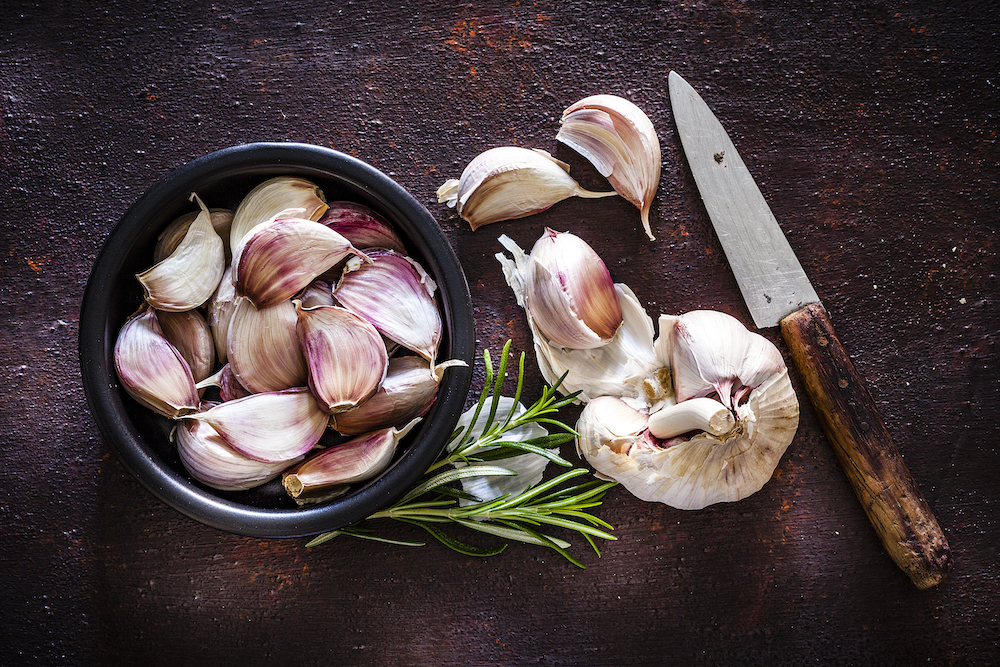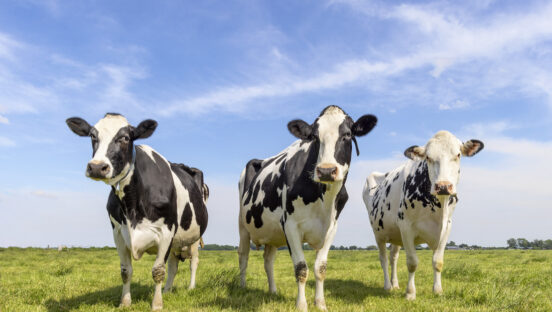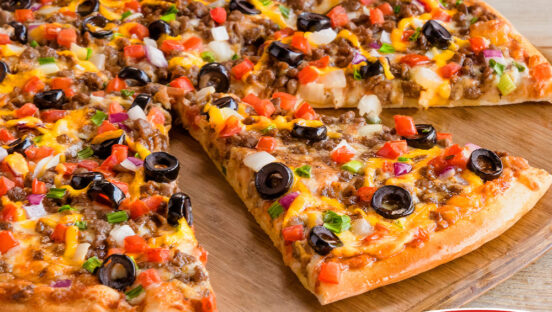Adding garlic to your pizza dough is a great way to add another dimension of flavor to the finished crust. But you’ve got to be careful with it. Why? Both garlic and onion exert a dough-reducing effect; that is, it will have a softening or weakening effect on your dough.
Simply put, the dough will develop faster in the mixer, so you will need to mix the dough less when garlic is present. Try mixing the dough about 20% less when garlic has been used in the dough.
Adding garlic also reduces the refrigerated holding time of your dough. You probably don’t want to hold this dough in the cooler for more than two days or you may find your dough turning to putty!
Related: Discover the grandeur of garlic (with pizza recipe)
If you add garlic (or onion) to your dough, use a larger particle size, such as granulated, minced or chopped rather than powdered or pureed. The larger particle size will help to limit the amount of reducing agent that’s leached into the dough.
If you use a dried garlic or onion product, stir it into the oil that you normally add to the dough and allow it to soak up the oil for a few minutes before adding it to the dough. This will help to keep the reducing agents within the dried product, thus limiting their effect on the dough. Even so, you should still keep an eye on your mixing time—it will need to be somewhat shorter in all cases.
The late, great Tom Lehmann was a longtime columnist for PMQ and served as the director of bakery assistance for the American Institute of Baking.













